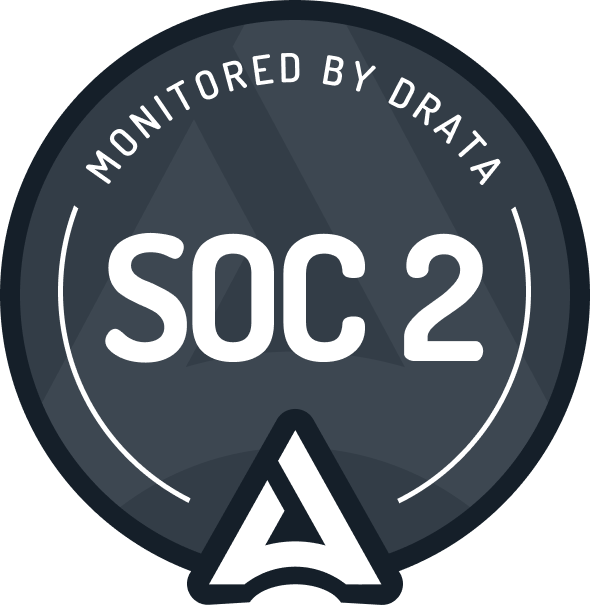Following the murder of George Floyd by Minneapolis law enforcement in May, and the subsequent protests and public outcries, the plight of Black people in the United States and beyond has resurfaced into public discussion. Major brands and organizations rushed to respond to the injustice, making a public statement of solidarity with the Floyd family and the Black Lives Matter movement. What many did not anticipate was the pushback they received due to their inconsistent track records regarding Diversity and Inclusion (D&I).
It is now clear that symbolic stances of solidarity do not suffice to remedy an issue like systemic racism and that both consumers and investors are smart enough to recognize that. In response to the symbolic but superficial gestures, initiatives like the Pull Up for Change #PullUpOrShutUp campaign are demanding organizations disclose their D&I data. The initiative is also demanding that companies disaggregate this data as they tend to hide behind gender metrics and blanket categorizations, such as “diverse”, to describe their workforce which dilute the particular needs of Black people as well as other people of color. The Black Travel Alliance (BTA) has made a similar proposal, #PullUpForTravel. This initiative is calling for transparency and the advancement of diversity metrics in the hospitality and tourism sector, particularly those of African descent.
Marriott International (Marriott) is one of the few examples of a hotel brand that released a focused and robust statement of solidarity as well as a set of concrete commitments. Marriott also happens to have the highest score of any major hotel brand in the field of diversity, as reported on the National Association for the Advancement of Colored People’s (NAACP) Opportunity & Diversity Report Card , gaining a B in an industry that received a D- as a whole. Similarly, Marriott ranks #1 on DiversityInc Top 50 Companies for Diversity list 2020. Marriott also embraces the UN Sustainable Development Goals (SDGs) into its corporate responsibility platform. This is no coincidence.
How are the SDGs and racial justice related, and how do they align with a company’s sustainability framework?
To answer this, we must first recognize racism as a systemic issue and not one of attitudes. The socioeconomic legacy of slavery and Jim Crow is evident in the racial wealth gap, mass incarceration rate, and now even in stark health disparities, as the COVID-19 pandemic has revealed to many who were previously unaware. The SDGs exist to address the structural issues which are preventing sustainable development. It is no surprise that there is a clear overlap between them and these inequalities facing Black people. It is increasingly expected that organizations in general and travel brands in particular explicitly show how they are integrating the SDGs into the development of their programs and procedures.
The renewed conversation concerning systemic racism and inequality is an opportunity to expand understanding of the SDGs and their respective indicators, refine materiality analyses, and prioritize actions for positive impact.
Which SDGs are most material when addressing systemic racism?
The most apparent SDG linkage in the wake of uninterrupted police brutality is SDG 16 “Peace, Justice, and Strong Institutions.” Time and time again, we have seen our institutions fail to bring to justice law enforcement that has violated the human rights of Black people. While organizations cannot directly hold them accountable, they can use their economic leverage to persuade public opinion and policymakers to create protections against police brutality.Addressing systemic racism is necessary in achieving the SDGs.
SDGs 8 (Decent Work and Economic Growth) and 10 (Reducing Inequalities) cannot be achieved without bridging the racial wealth and income gap. As of 2016, the wealth of an average middle-class white family ($149,703) in the U.S. is nearly 11.5 times the wealth of the average middle-class Black family ($13,024)[i]. The economic divide is as wide as it was in 1968 and even wider in purely percentage terms ($70,786/$6,674). Providing Black people with economic opportunities through decent work is crucial in undoing systemic racism. This has to be done at every level from eliminating implicit bias in the hiring process and recruiting at historically black colleges and universities (HBCUs) to offering more middle and upper management positions to black people as well as mentorships.
In addition to racial disparities in wealth and the criminal justice system, Black women are three times more likely to die in childbirth than white women; Black people are twice as likely to face poverty and hunger than whites; and public school districts that serve mostly minority students received $23 billion less in funding than white school districts, in 2016. Engaging these communities to reduce some of these hardships and inequities is essential to achieving SDGs 1, 3, 4, and 11 (No Poverty, Good Health and Well-Being, Quality Education, and Sustainable Cities and Communities).
But aren’t the SDGs for developing countries?
The prevailing perspective that development must take place abroad or elsewhere is a hindrance to the achievement of the SDGs locally and globally. The average life expectancy in Ward 5 (67 years), a predominantly Black part of Washington, D.C., is lower than in Botswana (69.7), a country in southern Africa. The revelation that communities in the U.S. can have a lower life expectancy than in what we traditionally consider the developing world should be incredibly upsetting as well as eye-opening. It forces us to reexamine the idea that there are only developed and developing countries and acknowledge that Black people have yet to be uplifted from the historical legacy of racism.
Repairing this legacy and reducing related inequalities on a host of issues is vital for sustainable development in the United States and can be used as a model to fix similar structural issues around the world.
Tackling systemic racism and meeting the various targets covered by the SDGs are, therefore, inextricably linked. There is a popular slogan right now, which is: “All lives can’t matter until Black Lives Matter.” In some ways, this echoes Martin Luther King’s “injustice anywhere is a threat to justice everywhere.” Until we address inequalities and injustices across the country and around the world, we will never attain the resilience we need to survive the risks and challenges we face.
What role can the hospitality and tourism sector play?
The NAACP reports that while the lodging industry is primarily staffed by “workers of color, racial and ethnic minorities remain overrepresented” in entry-level and low-wage positions and underrepresented in higher-level positions such as a general manager. According to the Equal Employment Opportunity Commission (EEOC), from 2007 to 2015, 15% of white people occupied middle-management roles, with only 5% of minorities rising to this level. Given the range of opportunities spread across hundreds of thousands of communities, the hospitality and tourism sector is well placed to empower Black people economically to influence upward social mobility.
In addition to providing career opportunities, there are countless charitable and community giving actions that the tourism sector and hotels, in particular, can take to support their local communities. Many travel destinations are located in major cities, which, while thriving, also tend to have high poverty and crime rates, educational inequality, and health and well-being disparities. And many of these communities are often Black.
Given its global reach, both in the U.S. and overseas, the hospitality and tourism sector has an enormous opportunity to make positive and lasting impacts on sustainable development abroad as well as at home in the Black community. Framing this in terms of the SDGs, concrete goals that can be tracked and achieved, will ensure that progress is made and that a skeptical public has something to believe in.
ABOUT THE UN SUSTAINABLE DEVELOPMENT GOALS
The United Nations Sustainable Development Goals are a blueprint and set of goals guided by measurable indicators and targets committed by UN member states in the pursuit of a truly sustainable and equitable world, both environmentally and socially, by 2030.




























































